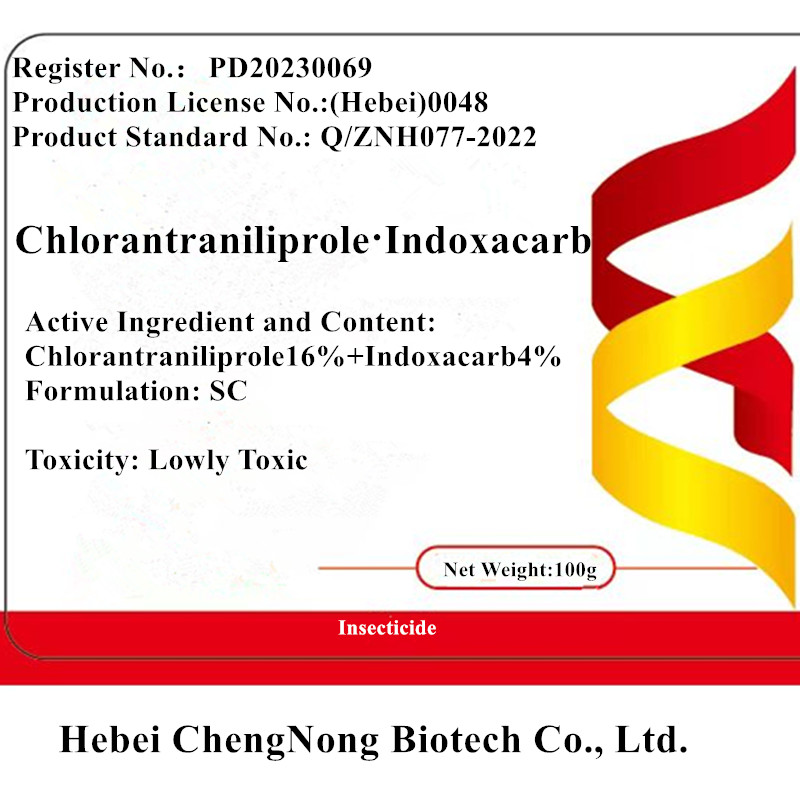
Nov . 09, 2024 05:14 Back to list
Thiamethoxam 25% Formulation Effective Insecticide for Crop Protection and Pest Management
Thiamethoxam 25% A Comprehensive Overview of Its Use in Agriculture
Thiamethoxam is a systemic neonicotinoid insecticide widely used in agricultural practices to protect crops from a variety of pests. Specifically, the formulation of Thiamethoxam 25% is notable for its efficacy and versatility, providing a potent solution for farmers targeting common agricultural pests. This article delves into the characteristics, applications, benefits, and concerns surrounding Thiamethoxam 25%, shedding light on its role in modern agriculture.
Understanding Thiamethoxam
Thiamethoxam belongs to the neonicotinoid class of insecticides, which are structurally similar to nicotine. This chemical acts on the nicotinic acetylcholine receptors in insects, leading to nervous system disruption and ultimately causing paralysis and death. The 25% formulation indicates a concentrated solution that can be diluted for specific applications, making it both cost-effective and efficient for large-scale use.
Applications in Agriculture
The primary application of Thiamethoxam 25% is in the protection of a wide range of crops, including fruits, vegetables, and field crops. Farmers frequently use it to combat pests such as aphids, whiteflies, and certain beetles that can severely damage crops. Its systemic nature allows Thiamethoxam to be absorbed by the plant and provides protection not only to the treated area but also to newly emerging foliage, offering prolonged efficacy against infestations.
Furthermore, Thiamethoxam is often employed in integrated pest management (IPM) strategies, which combine different methods of pest control to minimize environmental impact and enhance crop yields. By using Thiamethoxam in conjunction with biological controls and agronomic practices, farmers can achieve effective pest management while maintaining ecological balance.
Advantages of Thiamethoxam 25%
thiamethoxam 25%

One of the significant advantages of Thiamethoxam 25% is its effectiveness against a broad spectrum of pests. This attribute allows farmers to reduce the number of different pesticides they need to apply, simplifying pest management practices. Additionally, Thiamethoxam exhibits a relatively quick action, often leading to improved pest control and crop health shortly after application.
Thiamethoxam is also favorable for its low toxicity to mammals, which, when used according to recommended guidelines, poses minimal risk to human health. This aspect is crucial as agricultural workers handle these chemicals regularly, and safety must be prioritized to prevent occupational hazards.
Moreover, the systemic nature of Thiamethoxam enhances its longevity in the field. Once absorbed, it protects the plant from pests for an extended period, resulting in potentially higher yields for farmers and ensuring food security.
Environmental and Health Concerns
Despite its advantages, Thiamethoxam 25% is not without controversy. One of the most significant concerns involves its impact on non-target species, particularly pollinators like bees. Research has indicated that neonicotinoids can have detrimental effects on bee populations, raising alarms among environmentalists and regulators alike. The loss of pollinators can have cascading effects on ecosystems and agriculture, prompting calls for careful regulation of neonicotinoid usage.
In response to these concerns, several countries have restricted or banned the use of neonicotinoids. It is essential for farmers to stay informed about the regulatory landscape and consider the environmental implications of their pesticide use. Employing measures such as targeted application techniques, avoiding use during flowering periods, and integrating non-chemical pest management strategies can help mitigate risks to pollinators.
Conclusion
Thiamethoxam 25% remains a powerful tool in the arsenal of modern agriculture, providing effective protection against a variety of pests while allowing for increased crop yields. However, its use must be balanced with environmental considerations, particularly regarding the health of beneficial pollinators. As agriculture continues to evolve, ongoing research and dialogue among stakeholders will be crucial to ensure that Thiamethoxam and similar substances can be used sustainably, contributing to food security while preserving the ecosystem. By fostering responsible usage practices, the agricultural sector can harness the benefits of Thiamethoxam while minimizing its risks.
-
Herbicide Mesotrione: Advanced Herbicide Solutions for Corn Field Weed Control
NewsJul.12,2025
-
Buy Penoxsulam Herbicide - Selective Weed Control Solution for Lawns & Crops
NewsJul.08,2025
-
Malathion and White Oil Effective Insecticide for Citrus & Ornamentals
NewsJul.08,2025
-
Best Section Fungicide Solutions Effective Carbendazim & Copper Fungicides for Citrus Trees
NewsJul.08,2025
-
Types of Herbicides Explained Discover 5 Types of Selective Herbicides for Effective Weed Control
NewsJul.07,2025
-
Buy Bifen Chemical – Safe Termiticide for Dogs & Effective Pest Control Solutions
NewsJul.07,2025
